Pastes and Greases
One of the main functions that lubricant greases must have is to avoid the corrosion and oxidation that they are exposed to. They serve, primarily, to lubricate and avoid areas of the machines’ elements gripping subjected in many occasions to high temperatures such as screws, bushings, sliders, guides, spindles, springs, wedges, etc.
Lubricating greases can be defined as solids or semi-fluids resulting from the dispersion of a thickening agent in a lubricating liquid. Insofar as liquids or solids can not be exactly said, they are identified as plastic solids with viscoelastic properties. Their weight in lubricating oil varies from 65 to 95%, 5 to 35% of thickener and 0 to 10% of additives (liquid and/or solid). Depending on the amount of solids, the resulting product is classified as grease (<10% solids), grease-paste (10 to 40). Generally classified from their degree of fluidity and/or consistency, lubricating greases are also grouped according to their major components. Therefore, we speak of mineral oils, synthetic and totally synthetic oils, depending on whether they are based on mineral oil, synthetic oil and synthetic oil and synthetic thickener, respectively to the % of solids and paste (> 40% solids).
The additives most commonly used in lubricating greases are thickeners, stabilizers, drip-point improvers, anti-wear agents, corrosion inhibitors, metal deactivators, corrosion inhibitors, fillers and extreme pressure agents.
Greases are generally used in applications that work under normal speed and temperature conditions. Grease has some advantages over oil. For example, the installation is simpler and provides protection against humidity and impurities. It is generally used in elements’ lubrication such as friction and anti-friction bearings, cams, guides, slides, open pinion bearings and some ball-bearings.
From the beginning the greases were based on calcium and lithic soaps. In 1940, lithic fats were developed, and a aluminum-based soap fats were launched a decade later. Grease is a product that goes from solid to semi-liquid and is the product of the dispersion of a thickener and a lubricating liquid that give grease its basic prosperity. Conventional greases are usually oils that contain soaps as body agents
For all this, we must highlight the different types of lubricants according to their composition and presentation: liquid, semi-solid and solid. Greases belong to the second group and their composition can be mineral, vegetable and in combination with different types of solid lubricants such as Molybdenum, Graphite or Lithium.
We highlight our greases made of copper, aluminum, ceramic, silicone, lithium, molybdenum disulfide, PTFE…

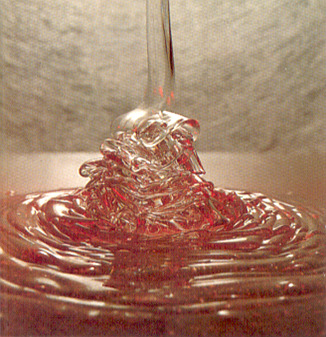

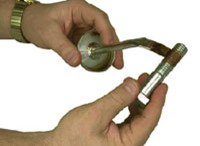
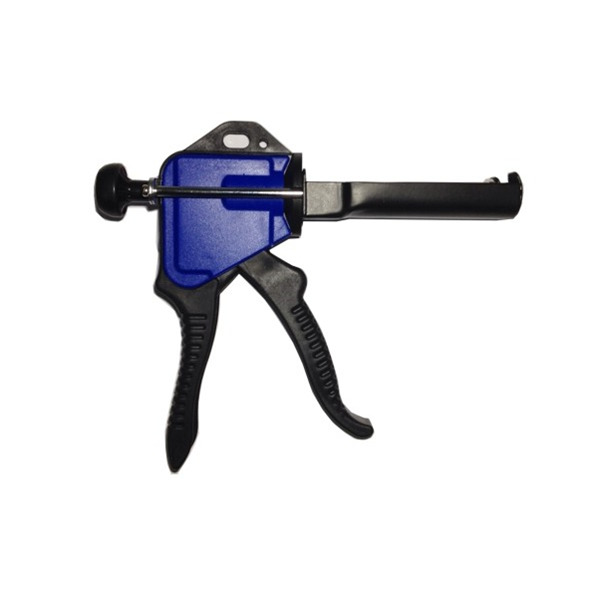
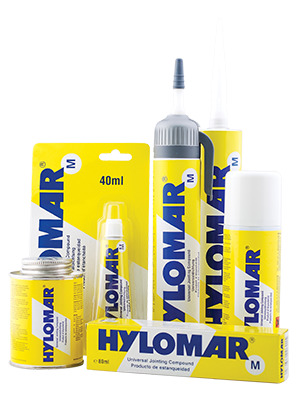
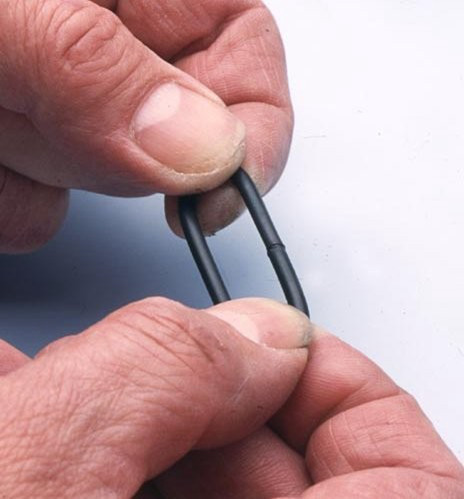

Reviews
There are no reviews yet.